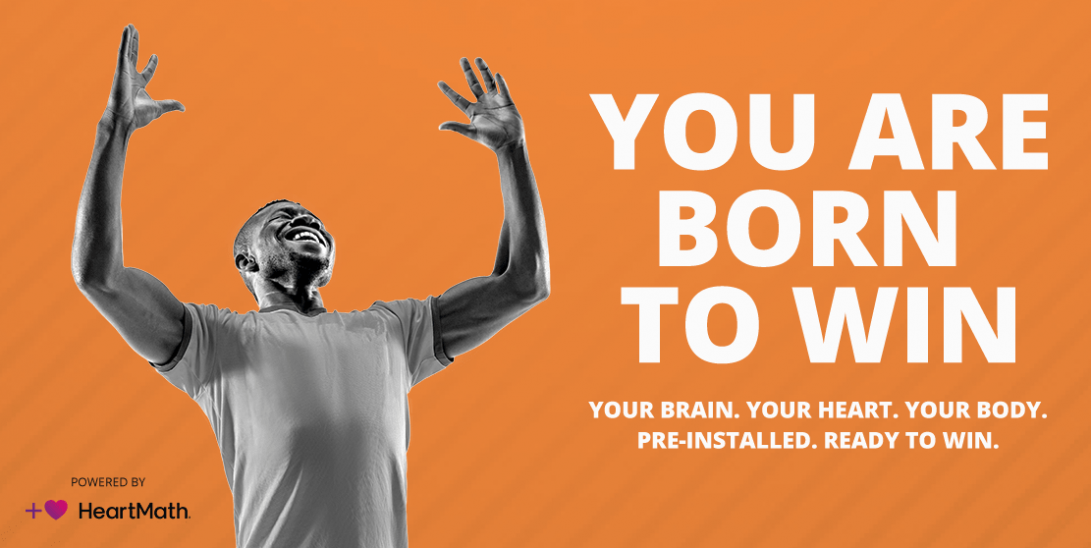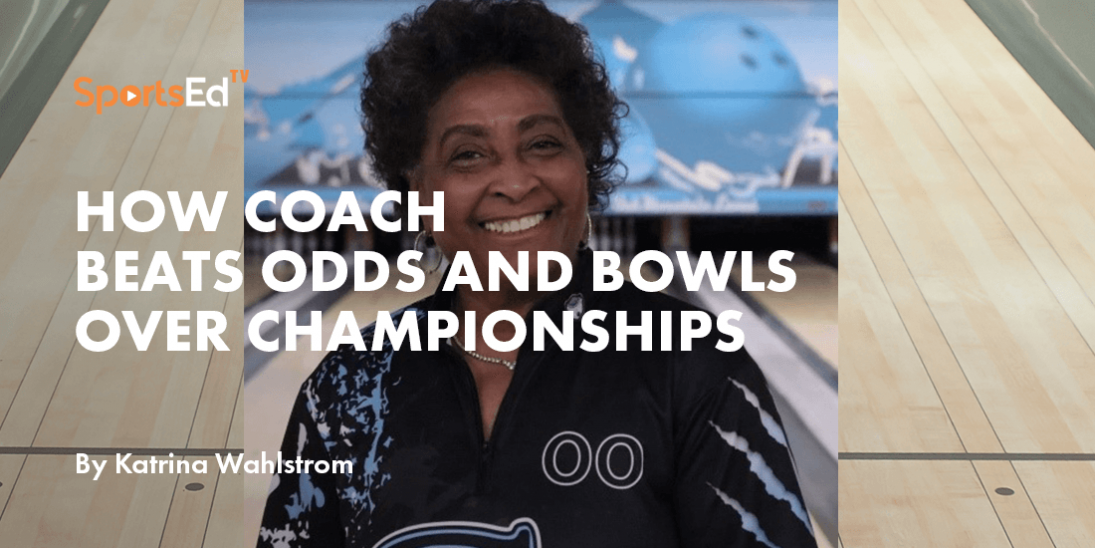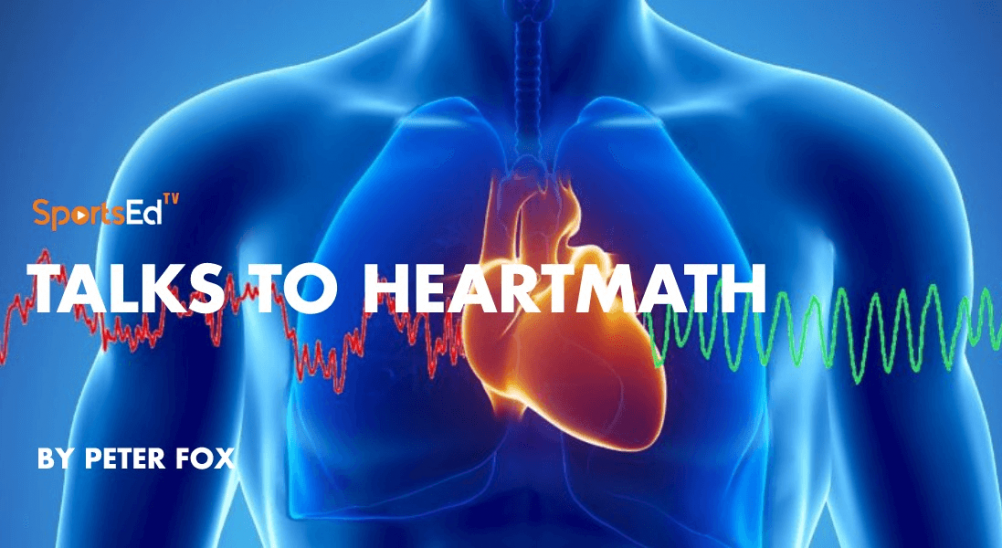Learn To Win
Welcome and thanks for visiting...

Coaching Quick Coherence with InnerBalance
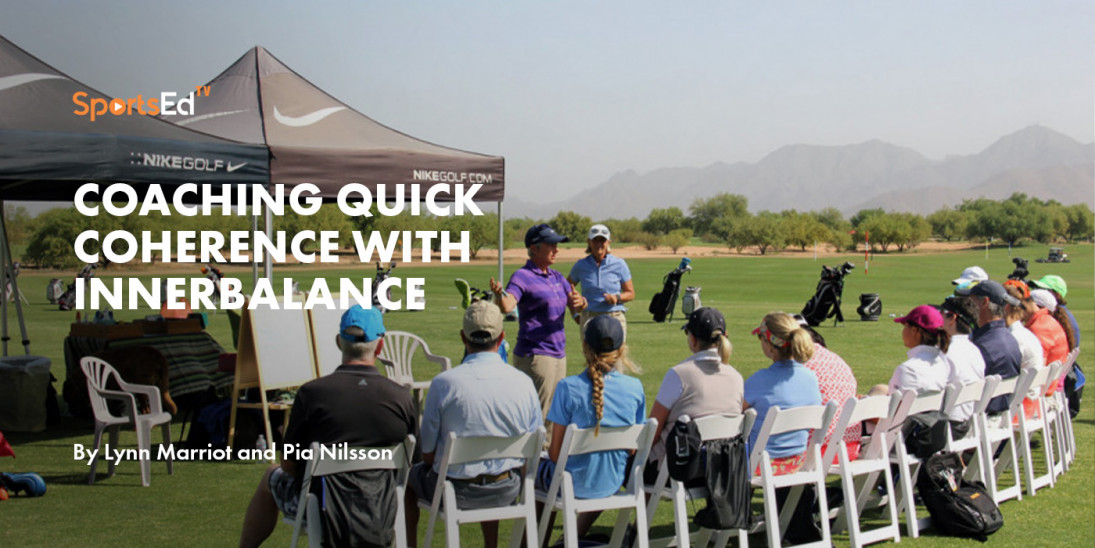
By Lynn Marriott and Pia Nilsson
Wouldn’t it be great to have an instructor available on the course whenever you needed one? Someone who could tell you exactly what to do at every moment? This instructor actually exists, though you might not know him or her as such: It’s you.
Coaching yourself physically, mentally and emotionally is the key to consistent success on and off the course — it’s what separates the best players from the rest. Here’s an example: Annika Sorenstam, then a rookie without any wins, had a one-stroke lead on the 71st hole of the ’95 U.S. Open when she mishit a shot to an impossible position.
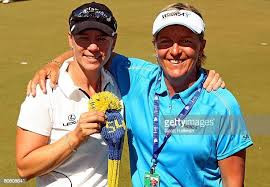
Her reaction? She laughed, regrouped and went on to secure her first major.
We tell our golf students they have two productive choices when it comes to reacting to a golf shot: They can either be happy or neutral. Nothing else. Sorenstam could have reacted with anger, but it probably would have cost her the tournament.
Riding Golf’s Emotional Roller Coaster
As in life, emotions in golf have a tendency to snowball. They can spiral in a positive or negative direction. It’s up to you.
The Upward Spiral:
Good golfers, especially at the tournament level, have all been fortunate enough to feel the upward spiral. It’s the ideal emotional state to be in on a golf course, whether you’re competing or playing for fun. Let’s say you are emotionally neutral on the first tee. After a couple of shots, you become more interested in what you’re doing—you’re there, in the present, and can’t wait to hit the next shot. This makes you play even better. Now you’re starting to get engaged. You don’t just make clear decisions; you have the courage to go through with them. After a few holes like this, you start feeling confident and saying good things to yourself such as, “I know I can do this” and “I trust myself with this shot.” Once this level has been reached, and you maintain a positive emotional balance (but appreciating your game) you’re likely to slip into the elusive Zone which golfers all try so hard to find. This is where everything just lows; your mind and body work effortlessly together, and everything clicks with remarkable ease. The final upward spiral stage is pure euphoria. You feel total happiness and well-being, and your internal “pharmacy” is flooding your system with healthy chemicals.
The Downward Spiral:
Unfortunately, many golfers end up on the opposite, downward spiral instead. After hitting a shot that isn’t 100% right, you might feel a slight hesitation when standing over the ball. This likely makes you hit another mediocre shot. Your mind starts spinning with questions:
“Is my ball position correct?” “What was it that I heard on Golf Channel’?” Now you’re confused. On the next few shots you try a slew of different swing thoughts but nothing works, making you frustrated—“I knew this was going to happen!” You quickly turn from frustration to anger and even start cursing or calling yourself names. After anger always comes depression, and by then you might as well add ten shots to your score. To have a chance of getting yourself started on an upward spiral quickly, you must abort the downward spiral before you reach frustration. How? Practice with the HeartMath tools and you can shift out of the downward spiral into an upward spiral fast. You can learn to get in the Zone and anchor yourself there more consistently by using the power of your heart intelligence. Here’s how.
Anchoring your Good Shots
We often describe and prescribe a strategy for how golfers can learn to “anchor” their good shots and not anchor their bad shots. Pia has reduced this to a slang form of Swedish we call “ASSA” and “DISSA.” The player learns to ASSA when they hit a shot they like…to “Associate” it…which means to take it into their heart and emotionalize the good results and experience. You can do this by practicing HeartMath’s Quick Coherence technique and sincerely feeling appreciation for the good shot. This will allow you to maintain a positive and uplifting emotional balance as you play. Then learn to DISSA if you hit a shot with an undesirable result. Disassociate by using the Quick Coherence technique to rebalance and go back to neutral. In neutral, you become an objective observer. You stop any energy drain and keep any negative emotion from being stored for future reference in your amygdala (2nd brain emotional memory storage bank).
What is most prevalent in the golf culture is to see golfers at all levels emotionalize and store the bad shots but dissociate the good ones. This can be attributed to a belief that it’s best to be humble or stoic about great performance. In fact, until recent years it was not common to see golfers being emotionally happy when they hit good shots.
You can even practice visualizing and feeling your good shots achieving Quick Coherence with the Inner Balance device. You’ll see which feelings get you into the highest coherence and help you stay in the Zone. You will build a new internal reference place of emotional balance and heart power that you can reconnect to while you’re on the golf course. Imagine being able to practice and drill getting into The Zone, like you practice putting—amazing.
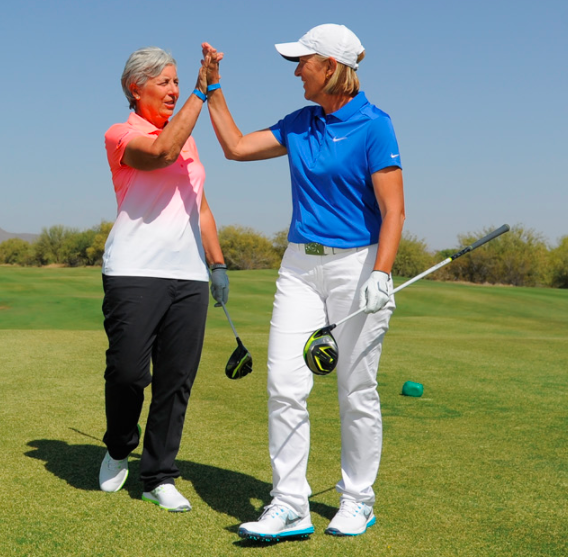
The ability to associate and dissociate emotions on the course will fill your inner emotional memory bank with positive, uplifting feelings and keep the negative, destructive ones at bay. Remember: This doesn’t just apply to the golf course—it’s a great way of enhancing everyday life as well.
